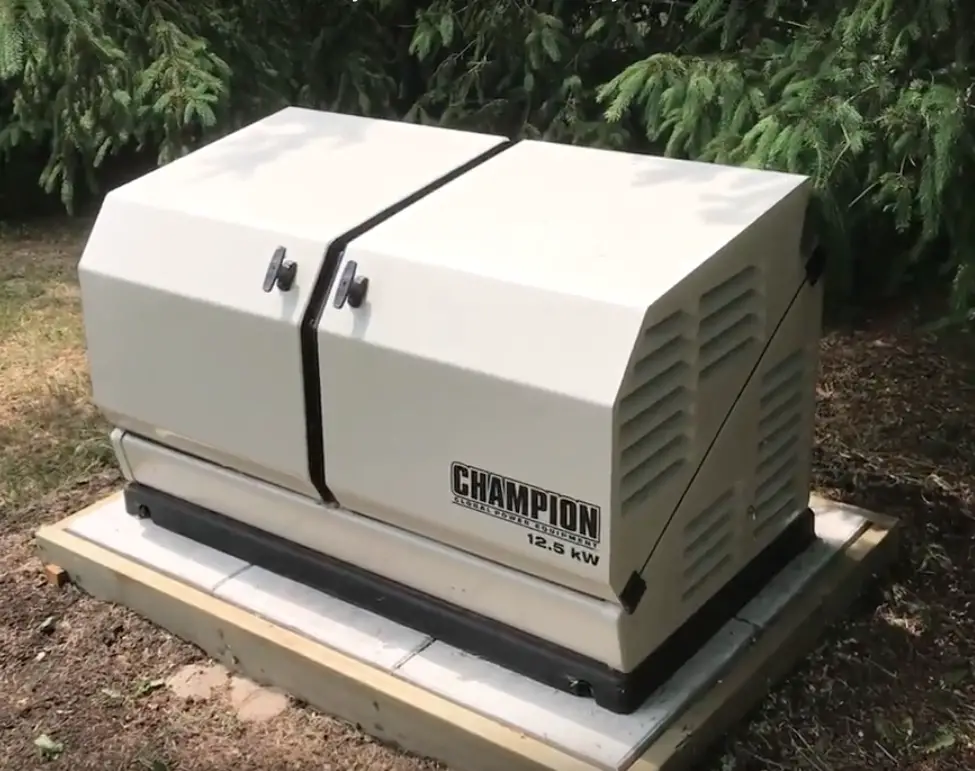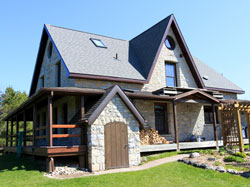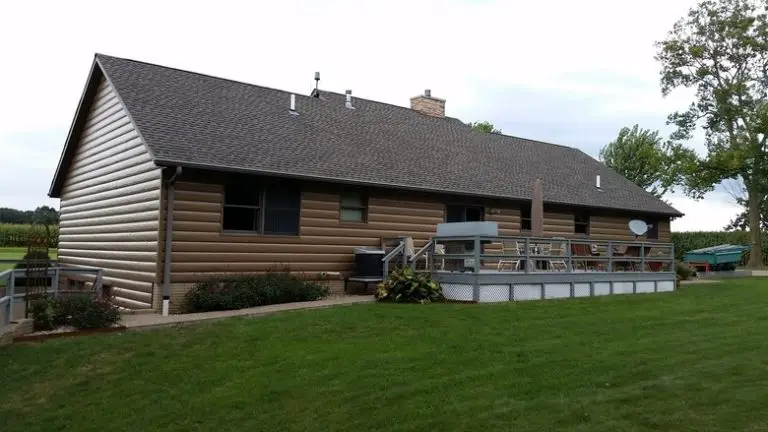More and more people are deciding to get proactive about maintaining electrical power at their home, cottage and businesses during an outage, and that’s why home standby generators are gaining in popularity. They provide a secondary source of electricity with only a moment’s delay when the grid goes down. No need to fumble with cables or pull a portable generator out of the garage.

Declining reliability of the electrical grid is one motivation for the increasing popularity of home standby generators, but so is the declining price of these units. The cost of home standby generators has plummeted over the last 15 years, and reliability has skyrocketed. Although you’ll almost certainly hire someone to install a standby system, you should be informed enough to understand the technology and what it can do.
How Do Home Standby Generators Work?
Standby generators are large, stationary permanently-installed generator units that work together with switching gear. The moment power goes down on the grid, the engine of a home standby generator fires up automatically while the system also disconnects the household panel and circuitry from the grid. In most systems, power from the standby is delivered to a secondary panel for distribution to pre-determined essential circuits. Since the engine is housed outdoors in an insulated, weatherproof cabinet, standby generators operate very quietly. Engine oil changes and maintenance is typically required only every two years or 100 hours of operation, whichever comes first.
Sizing and Installing a Home Standby Generator
Home standbys typically come in sizes from 7,500 to 20,000 watts. An average home without electric heat can be powered by a unit 10,000 watts or larger. If you’ re serious about reliable backup power, consider using fuel-burning sources of heat that don’t need the generator to power them. Having a propane water heater, for instance, makes far more sense than running that same propane through a generator to make electricity to heat water in an electric heater. Same goes for a gas range compared with an electric range.
Cost for an 8,000 watt unit is about $2500 these days. A 20,000 watt unit is typically $6000. Installation costs run an additional 40% to 60% of the price of the generator. Watch the video below to see a simple approach I used to build a solid, stable, attractive, crack-proof support pad for a standby generator without pouring concrete.
Most standby models run on propane or natural gas, eliminating problems caused by stale gasoline or diesel fuel. You can pour a concrete pad to support a standby, or you can lay and level some heavy foundation slabs of the kind used to support outdoor oil tanks. I used a foundation slab surrounded by a pressure treated wooden frame at my place. Click above to watch my installation video.
Connecting a standby generator to your house requires two things. The first is piping to deliver natural gas or propane to the outdoor generator unit. Supplies of natural gas or propane almost always remain available in the event of an electrical power failure – even a long-term outage – so it’s simpler and more reliable than generators that run on liquid fuel.
The second connection required is the power cables from the standby generator to your building’s electrical panel. Most systems require the installation of a second breaker panel with a built-in transfer switch inside the building. This second panel accepts the power feed coming from the generator and distributes it to difference circuits while also automatically disconnecting from the grid as soon as a power failure happens. Some connection cables include smaller control wires bundled together with large power feed conductors, while others use separate control wires. These control wires create a path for the generator to communicate back and forth to the panel and transfer switch.
Quality of Power from a Home Standby Generator
Not all home-generated power created by portable units is safe to use with sensitive electronics, but modern stationary standbys are different. Since they’re made to safely power everything found in a typical home (including computers and entertainment equipment), you don’t need to worry about the purity of electricity coming from them. Any generator output that’s less than 4% total harmonic distortion (THD) is fine to use with electronics and smart appliances. Any power that has more THD than 5% can burn out and break sensitive equipment. Every generator has THD specs posted somewhere. Look before you buy.
Some regions get more power failures than others, and we get a lot here at the end of Bailey Line Road. Standby generators are one way to keep life rolling along, and while they’re not necessary, they’re sure nice to have when the grid goes down.












